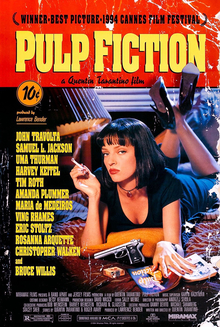
Pulp Fiction is a 1994 American independent crime film written and directed by Quentin Tarantino from a story he conceived with Roger Avary. It tells four intertwining tales of crime and violence in Los Angeles, California. The film stars John Travolta, Samuel L. Jackson, Bruce Willis, Tim Roth, Ving Rhames, and Uma Thurman. The title refers to the pulp magazines and hardboiled crime novels popular during the mid-20th century, known for their graphic violence and punchy dialogue.
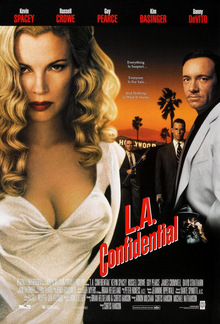
L.A. Confidential is a 1997 American neo-noir crime film directed, produced, and co-written by Curtis Hanson. The screenplay by Hanson and Brian Helgeland is based on James Ellroy's 1990 novel of the same name, the third book in his L.A. Quartet series. The film tells the story of a group of LAPD officers in 1953, and the intersection of police corruption and Hollywood celebrity. The title refers to the 1950s scandal magazine Confidential, portrayed in the film as Hush-Hush.
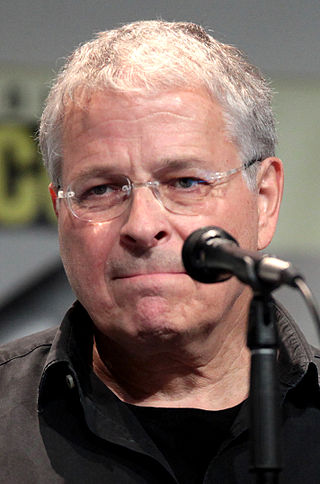
Lawrence Edward Kasdan is an American filmmaker. He is the co-writer of the Star Wars films The Empire Strikes Back (1980), Return of the Jedi (1983), The Force Awakens (2015), and Solo: A Star Wars Story (2018). He also wrote Raiders of the Lost Ark (1981) and The Bodyguard (1992), and is the writer-director of Body Heat (1981), The Big Chill (1983), Silverado (1985), The Accidental Tourist (1988), and Dreamcatcher (2003).

Thief is a 1981 American neo-noir heist action thriller film directed and written by Michael Mann in his feature film debut and starring James Caan in the title role, a professional safecracker trying to escape his life of crime, and Tuesday Weld as his wife. The supporting cast includes James Belushi, Robert Prosky, Dennis Farina, and Willie Nelson. The screenplay is inspired by the book The Home Invaders: Confessions of a Cat Burglar, a memoir by former cat burglar Frank Hohimer. The original musical score was composed and performed by Tangerine Dream.

Prince of the City is a 1981 American neo-noir epic crime drama film directed by Sidney Lumet. It is based on the life of Robert Leuci, called ‘Daniel Ciello’ in the film, an officer of the New York Police Department who chooses, for idealistic reasons, to expose corruption in the force. The screenplay, written by Lumet and Jay Presson Allen, is based on a 1978 non-fiction book of the same title, by former NYPD Deputy Commissioner Robert Daley.

Jonathan Rosenbaum is an American film critic and author. Rosenbaum was the head film critic for The Chicago Reader from 1987 to 2008, when he retired. He has published and edited numerous books about cinema and has contributed to such notable film publications as Cahiers du cinéma and Film Comment.

Ivan Passer was a Czech film director and screenwriter, best known for his involvement in the Czechoslovak New Wave and for directing American films such as Born to Win (1971), Cutter's Way (1981) and Stalin (1992).

Best Seller is a 1987 American neo-noir crime thriller film written by Larry Cohen, directed by John Flynn and starring James Woods and Brian Dennehy. The film tells the story of Cleve (Woods), a career hitman, who wants to turn his life story into a book written by Dennis Meechum (Dennehy), a veteran police officer and best-selling author
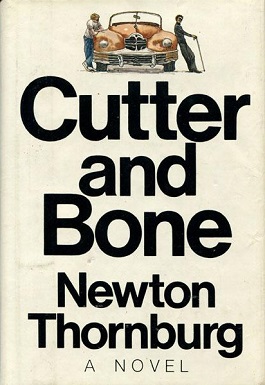
Cutter and Bone is a 1976 thriller novel by Newton Thornburg about a Vietnam veteran, Alexander Cutter, who tries to convince his friend, Richard Bone, that Bone witnessed a murder. It was adapted to film by director Ivan Passer as Cutter's Way (1981) which starred John Heard as Cutter, Jeff Bridges as Bone, and Lisa Eichhorn as Mo (Maureen).
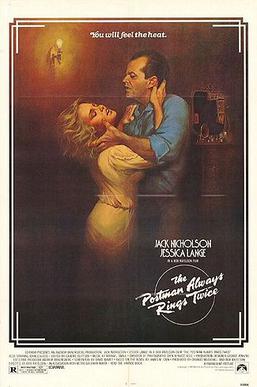
The Postman Always Rings Twice is a 1981 American neo-noir erotic thriller film directed by Bob Rafelson and written by David Mamet. Starring Jack Nicholson and Jessica Lange, it is the fourth adaptation of the 1934 novel by James M. Cain. The film was shot in Santa Barbara, California.

Lisa Eichhorn is an American actress, writer and producer. She made her film debut in 1979 in the John Schlesinger film Yanks, for which she received two Golden Globe nominations. Her international career has included film, theatre and television.
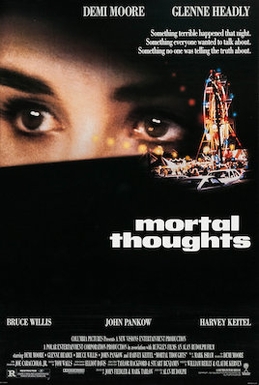
Mortal Thoughts is a 1991 American neo-noir psychological thriller film directed by Alan Rudolph and starring Demi Moore, Glenne Headly, Bruce Willis, John Pankow, and Harvey Keitel. Told in narrative flashbacks set in a police interrogation, the film centers on a woman implicated in the violent murder of her friend's abusive, drug-addicted husband. Its title is derived from a quote in William Shakespeare's The Tragedy of Macbeth.

Portrait in Black is a 1960 American neo-noir melodrama film directed by Michael Gordon, and starring Lana Turner and Anthony Quinn. Produced by Ross Hunter, the film was based on the play of the same by name by Ivan Goff and Ben Roberts, who also wrote the screenplay. The film was distributed by Universal-International. This was the final film appearance by actress Anna May Wong.

Orson Welles (1915–1985) was an American director, actor, writer, and producer who is best remembered for his innovative work in radio, theatre and film. He is widely considered one of the greatest and most influential filmmakers of all time.
Chad Taylor is a New Zealand writer.
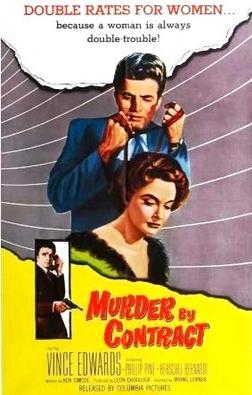
Murder by Contract is a 1958 American film noir crime film directed by Irving Lerner. Academy Award-nominated screenwriter Ben Maddow did uncredited work on the film. Centering on an existentialist hit man assigned to kill a woman, the film is often praised for its spare style and peculiar sense of cool.

Je t'aime, je t'aime is a 1968 French science fiction film directed by Alain Resnais from a screenplay by Jacques Sternberg. The plot centres on Claude Ridder who is asked to participate in a mysterious experiment in time travel when he leaves the hospital after a suicide attempt. The experiment, intended to return him after one minute of observing the past, instead causes him to experience his past in a disjointed fashion.
Newton Kendall Thornburg Jr. was an American novelist. He is most known for his 1976 novel Cutter and Bone, which was adapted into the 1981 film Cutter's Way.
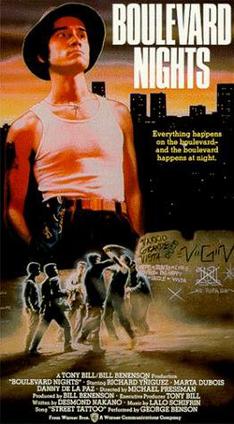
Boulevard Nights is a 1979 American neo noir crime film directed by Michael Pressman.

Spears is an Irish neo-noir thriller written and directed by Gerard Lough and starring Aidan O'Sullivan, Bobby Callaway, Nigel Brennan, Michael Parle, Yalda Shahidi, Rebecca Rose Flynn and Thomas Sharkey. The film was shot on location in four countries and was released on 18 February 2022.


















